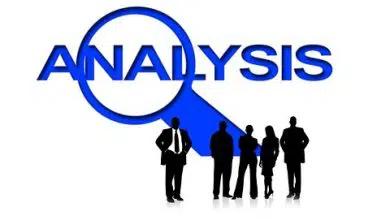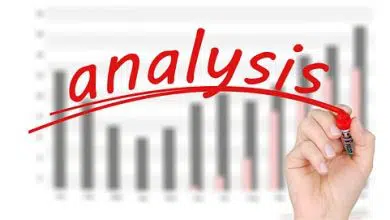A firm cannot enjoy economies of large scale production for ever. It has an ending point like every other things. The expansion of a firm or industry brings several diseconomies of scale after the optimum size is reached. These diseconomies of scale are explained as follows-
1. Financial Diseconomies of Scale: A firm finds it difficult to secure financial facilities after the optimum size. Bank and other financial institutions do not feel interest to finance the firm after diseconomies of scale is reached.
2. Marketing diseconomies of Scale: The expansion of a firm beyond the optimum size brings losses. It becomes a problem to transport and distribute its products beyond a limit. The cost of transport and distribution may over-weigh its marketing economies.
3.Technical diseconomies of Scale: It is not possible for a firm to maintain and utilize up-to-date machinery latest tools due to the difficulties of finance and marketing. There will be under utilization of installed capacity.
4. Risk Taking diseconomies of Scale : Several risks have to be faced by the firm when a firm expands its size of output beyond the optimum level.
5. External diseconomies of Scale: Concentration of industry at a particular lace has several disadvantages. It becomes a target for enemies in times of utilization of installed capacity.
Large scale economies – Returns to Scale:
Returns to scale are of three types namely
- 1) Increasing returns to scale
- 2) Constant returns to scale
- 3) Diminishing returns to scale.
Increasing returns to scale arise due to the utilization of internal and external economies. When a firm is enjoying increasing returns to scale, its economies are greater than diseconomies. These economies accrue to a limited extent.
Later on the firm will receive constant returns to scale. Here the economies and diseconomies of the firm are equal.
After a certain stage, the firm faces decreasing or diminishing returns to scale. At this stage, the diseconomies of the firm outweigh the economies. As a result it incur losses. The cost of production of the firm will be greater than the profits.




